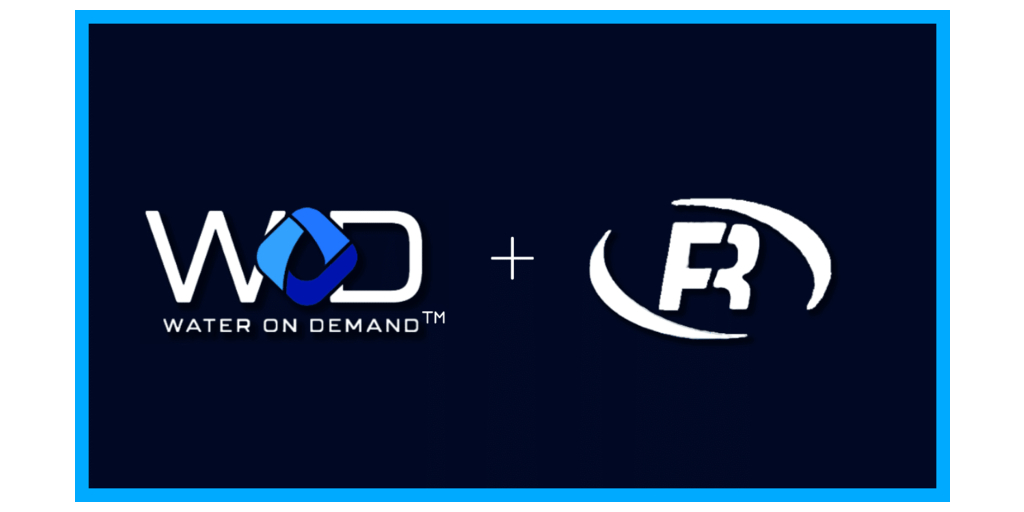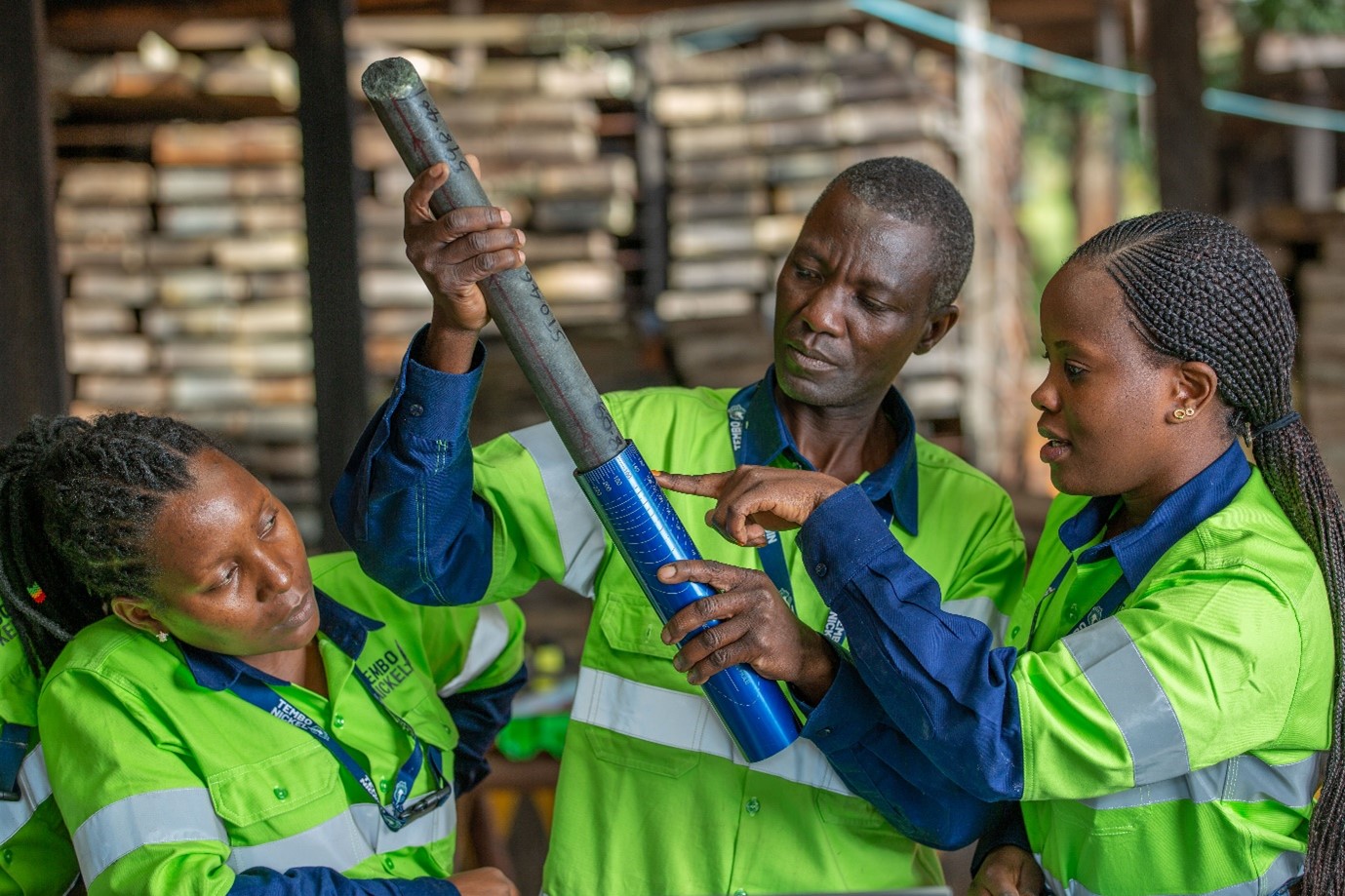Sign up for daily news updates from CleanTechnica on email. Or follow us on Google News!
The oil services industry has been transitioning its skillsets and resources to accelerate offshore wind development, one particularly compelling example being the emergence of specialized service vessels to streamline wind farm construction. In an interesting twist, a former offshore oil survey and support ship has been upscaled for nature exploration and education, enabling the crew to see farther and deeper than ever before.
A New Life For An Old Oil Survey Vessel
The oil services ship in question is OceanXplorer, elaborately re-outfitted to serve as the state-of-the-art research and exploration vessel of the organization OceanX. You can see the ship being put through its paces in the new six-part ocean exploration series, aptly titled OceanXplorers, unspooling on National Geographic TV on August 18 followed by streaming on Disney+ and Hulu.
I had a chance to get some insights about the ship and the show in a phone conversation with Eric Stackpole, who holds the title of Ocean Technology Innovator at OceanX.
We started off by discussing the most important system on the ship. If you jumped ahead and guessed that Stackpole would focus on the human system, that is correct. He made it clear that the team of world-leading experts on the ship was the key factor enabling the OceanXpolorers series to take shape.
Aside from that, Stackpole also took note of the ship’s two crewed “bubble subs,” which allow humans to set their own eyes on sights previously seen only through the lens of a camera.
“Not only can we go to places that have never been seen before, we go to a place that seems ordinary and we make [new] discoveries,” Stackpole said. He described how he and his crew-mate were in a deep abyss that seemed unpopulated until they flashed the lights of the submarine, and suddenly the area was populated with bio-luminescent creatures flashing back at them.
“It’s not just where you look, but how you look,” he said.
As for oil exploration, Stackpole noted that “we are coming to a point where we’re realizing that, even more valuable than the oil we have to understand our planet.”
“We converted this ship into the ultimate understanding system…like the USS enterprise, going where no-one has gone before,” he said.
From Offshore Oil Services To Nature Education
No kidding. OceanXplorer is billed as “the most advanced exploration, research, and media vessel ever built.” It hosts four deep sea vehicles in all, along with a helicopter pad and four different laboratories that provide the resources on the level of leading, land-based research institutions, from microscopy and aquarium tanks to genetic sequencing and biofluorescent imaging.
“There’s more known about the surface of the moon than about the seafloor right here on Earth,” OceanX explains, by way of introducing its sonar array.
“The array, also known as the gondola, features two multi-beam systems, the Kongsberg EM712 and EM304, capable of mapping to 3600 m (11811 ft) and 6000 m (19685 ft) deep respectively,” OceanX elaborates.
“Working along other sensors, including those that visualize the top layers of seafloor substrate, currents, and biomass within the water column, these technologies provide scientists with all the data they need to deeply understand an entire ocean ecosystem from surface to seafloor,” they add.
The ship also outdoes itself in the media department, including a custom-built camera housing billed as the only one in the world that can shoot 8k resolution down to a depth approaching 20,000 feet below the surface of the ocean.
See The OceanXplorer In Action
Not to issue any spoilers, but the OceanXplorers series really does show off all the bells and whistles on board the OceanXplorer. The series kicks of with “Realm of the Humpbacks” on August 18, traveling to the Dominican Republic to unravel the mysteries of the North Atlantic humpback’s migration and mating habits. Also on August 18, more whales are featured in the “Giants of the Deep” episode, which follows deep-diving whales down to their hunt for giant squid lurking a mile below the surface of the waters off the Azores.
Sharks take a turn on August 25 when the crew goes for another dive in the Azores to follow the prehistoric sixgill shark on its deep sea hunting trail in “Jurassic Shark,” before heading out to the Bahamas for a look at the long journey of the hammerhead shark in “Hammerhead Highway.”
As may be expected, climate change also looms large. On September 1 the series moves to Svalbard in Norway for “Kingdom of the Polar Bear,” to assess how the bears are adapting to their changing environment. Also on September 1 the series wraps with “Ice Giants” at the tip of the Arctic ice cap, featuring bowhead whales and the long-lived Greenland shark.
 Chip in a few dollars a month to help support independent cleantech coverage that helps to accelerate the cleantech revolution!
Chip in a few dollars a month to help support independent cleantech coverage that helps to accelerate the cleantech revolution!
More Offshore Vessels For The Offshore Wind Industry
For the record, OceanXplorers is co-produced by BBC Studios Natural History Unit and OceanX for National Geographic, with James Cameron and Maria Wilhelm serving as executive producers for Lightstorm Earth. “The series was created in partnership with the National Geographic Society with a mission to use the power of science, exploration, education, and storytelling to illuminate and protect the wonder of our world,” National Geographic reminds us.
Circling back to that thing about the US offshore wind industry, the action has been slow on the uptake, even though almost the entire Atlantic coast provides ideal conditions including relatively shallow waters and power-hungry coastal populations.
During the Obama administration, the energy policies of state-based Republican officials (like this guy) were among the chief factors slow-walking offshore wind development along the Atlantic coast. Not much of interest occurred during the tenure of former President Trump either, which is no surprise considering his well known antipathy towards offshore wind turbines.
Somewhat ironically, during Trump’s time in the White House the US Department of the Interior used the opportunity to put the finishing touches on a new, streamlined process for granting offshore lease areas. Administered through the Bureau of Ocean Energy Management, the new lease process was up and running by the time President Joe Biden took office in 2020.
That should have been the end of the obstruction, but post-Covid inflationary pressures kicked in last year, leading to a rash of cancelled contracts. Offshore wind development was also slowed — though not stopped — by a lack of compliant specialized service vessels in the US. Under a provision of longstanding maritime defense law, called the Jones Act, commercial ships transporting goods from one US port to another have to be built and owned by US citizens or permanent residents.
Well, that was then. The US offshore wind industry is roaring back this year and Jones-compliant offshore wind service vessels are finally in the pipeline, one example being the massive Eco Edison Offshore SOV.
Follow me via LinkTree, or @tinamcasey on Threads, LinkedIn, and Instagram.
Photo: The elaborately outfitted OceanXplorer research vessel is one example of the transition of oil industry assets to the service of science, education, and environmental ventures (courtesy of National Geographic/Mario Tadinac).
Have a tip for CleanTechnica? Want to advertise? Want to suggest a guest for our CleanTech Talk podcast? Contact us here.
Latest CleanTechnica.TV Videos
CleanTechnica uses affiliate links. See our policy here.
CleanTechnica’s Comment Policy




